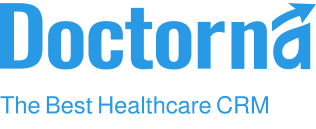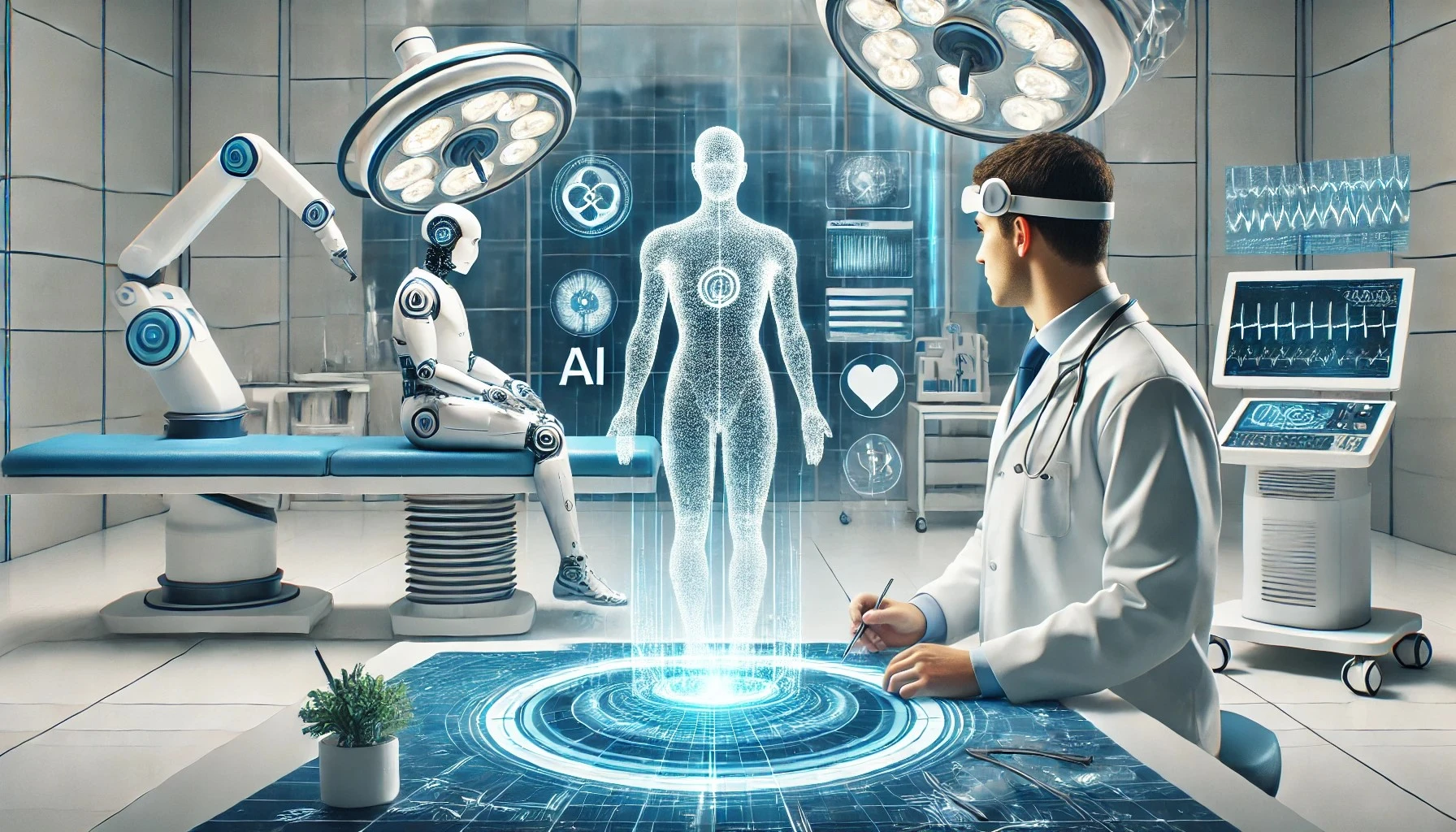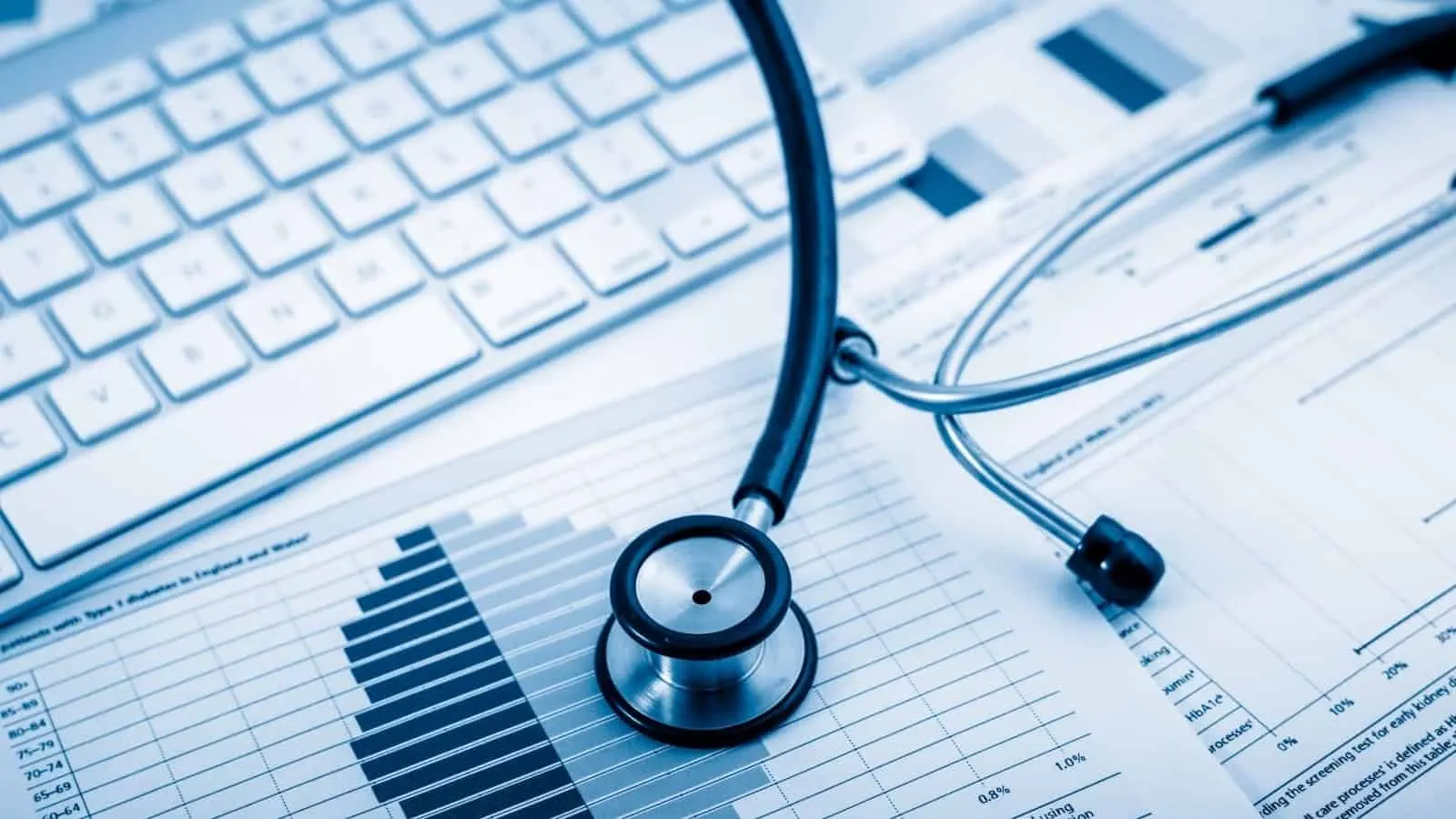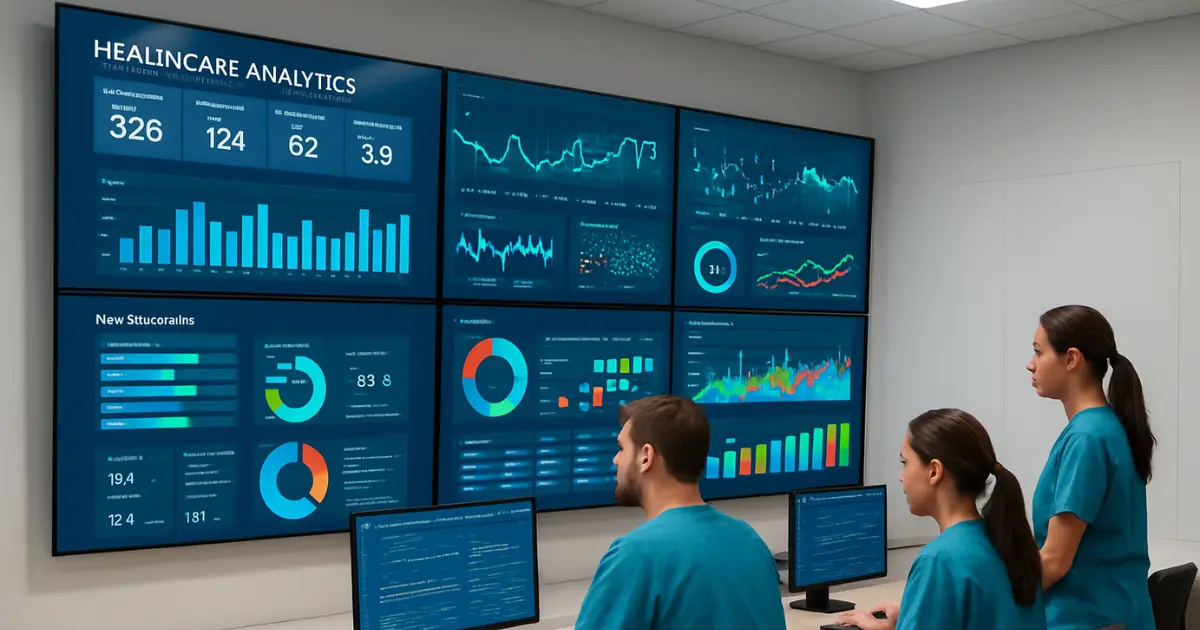In today’s competitive healthcare landscape, success depends not only on the quality of clinical care but also on how effectively organizations communicate with and engage their patients. Traditionally, marketing and clinical operations have functioned as separate entities — marketing focuses on attracting and retaining patients, while clinical operations handle diagnosis, treatment, and care delivery.
However, with the rise of Healthcare Customer Relationship Management (CRM) systems, this gap is closing rapidly. Modern Healthcare CRMs are creating a unified ecosystem where marketing and clinical teams work together seamlessly to enhance patient engagement, streamline workflows, and deliver superior care.
Let’s explore how CRM systems bridge the gap between marketing and clinical operations, creating a cohesive and patient-centered healthcare experience.
1. The Evolving Role of Healthcare CRMs
Healthcare CRM systems have evolved beyond basic data storage tools. Today, they serve as the central nervous system for managing patient relationships, integrating marketing, clinical, and administrative functions under one roof.
By consolidating data from multiple sources—such as patient inquiries, appointment histories, treatment plans, and feedback—CRMs create a 360-degree view of each patient. This comprehensive insight allows healthcare organizations to align their marketing efforts with clinical goals, ensuring that both departments work toward a shared mission: improving patient outcomes and satisfaction.
2. Creating a Unified Patient Journey
In traditional setups, patients often experience a disconnect between marketing and care delivery. A patient may be drawn in by a campaign promoting preventive health check-ups but face delays or miscommunication when booking an appointment.
A CRM bridges this gap by tracking the entire patient journey—from the first marketing interaction to post-treatment follow-ups.
For example:
- A patient clicks on a health campaign ad → The CRM records this interaction.
- The system automatically schedules a consultation → Clinical staff receive real-time updates.
- After the visit, the CRM triggers a follow-up message or satisfaction survey.
This end-to-end connectivity ensures that patients experience consistent, personalized, and efficient communication throughout their healthcare journey.
3. Enhancing Patient Engagement Through Targeted Marketing
Effective marketing in healthcare goes beyond promotions—it’s about delivering relevant, timely, and personalized information that supports better health outcomes. CRMs enable marketing teams to segment patients based on demographics, health history, and preferences.
For instance:
- Patients with diabetes can receive educational content about diet management.
- Expecting mothers can get reminders about prenatal check-ups.
- Former patients can be informed about new wellness programs or health screenings.
This data-driven personalization ensures that marketing aligns closely with clinical goals, fostering trust and long-term engagement rather than generic outreach.
4. Improving Communication Between Teams
A major challenge in healthcare organizations is the siloed communication between departments. Marketing may attract patients through campaigns, but clinical teams often lack visibility into these efforts, leading to misalignment in follow-ups or scheduling.
A CRM system eliminates these silos by providing a shared communication platform. Marketing teams can track which patients responded to specific campaigns, while clinical teams can access this data to prepare for upcoming consultations.
This integrated communication ensures a smoother transition from patient acquisition to care delivery, minimizing confusion and improving operational efficiency.
5. Data-Driven Decision Making
Both marketing and clinical teams rely on accurate data to make strategic decisions. CRMs collect and analyze patient information in real time, offering valuable insights into behavior patterns, preferences, and engagement trends.
For marketing, this means understanding which campaigns attract the most patients or which channels perform best. For clinical operations, it means recognizing patterns in appointment attendance, treatment outcomes, or follow-up compliance.
By sharing these insights, both teams can collaborate on initiatives that enhance patient care while optimizing marketing ROI. For instance, if data shows a high demand for dermatology consultations, marketing can promote related services, and clinical teams can prepare additional resources to meet the demand.
6. Streamlining Appointment and Follow-Up Processes
Marketing campaigns are only effective if they lead to actual patient visits. CRMs streamline the transition from interest to action by automating appointment scheduling and follow-up reminders.
When a patient responds to an online campaign, the CRM can automatically schedule an appointment, send confirmations, and notify the clinical staff. After treatment, automated messages can remind patients about follow-up visits, medication adherence, or feedback surveys.
This automation reduces administrative burden, minimizes missed appointments, and ensures continuity of care—all while reinforcing the connection between marketing efforts and clinical operations.
7. Enhancing Patient Retention and Loyalty
Retention is just as important as acquisition in healthcare. CRMs play a vital role in maintaining long-term relationships through consistent engagement and personalized communication.
For example:
- Post-treatment follow-ups can include wellness tips or preventive care recommendations.
- Automated birthday or anniversary messages can strengthen emotional connections.
- Loyalty programs for regular check-ups can encourage repeat visits.
When marketing and clinical teams share access to CRM data, they can work together to design meaningful retention strategies that enhance both patient satisfaction and organizational success.
8. Ensuring Consistency in Brand and Care Experience
Consistency builds trust — and in healthcare, trust is everything. CRMs help organizations maintain consistent messaging and service quality across all patient touchpoints.
From online campaigns to clinical consultations, every interaction reflects the same brand values, tone, and care philosophy. This consistency ensures that marketing promises align with the clinical experience patients receive, reducing discrepancies and reinforcing credibility.
9. Improving Operational Efficiency
By integrating marketing and clinical operations within one CRM platform, healthcare organizations can eliminate redundant processes, reduce manual data entry, and minimize communication delays.
For instance, when marketing updates patient contact information, it automatically syncs with the clinical system, preventing errors. Similarly, clinical outcomes can feed back into the marketing system to refine targeting and improve campaign relevance.
This bidirectional data flow leads to smarter decision-making, lower operational costs, and more efficient workflows across the organization.
10. The Future of Integrated Healthcare CRMs
As technology advances, the integration between marketing and clinical operations will become even more sophisticated. Future healthcare CRMs will leverage AI and predictive analytics to anticipate patient needs, optimize outreach timing, and personalize care recommendations.
For example, predictive models could identify patients at risk of missing follow-ups or suggest preventive care reminders before issues arise. This proactive approach will make healthcare more patient-centered, efficient, and outcome-driven.

Conclusion
The gap between marketing and clinical operations is quickly disappearing, thanks to the rise of Healthcare CRM systems. By bridging data, communication, and workflows, CRMs empower healthcare organizations to deliver cohesive, patient-first experiences.
From attracting new patients through personalized campaigns to ensuring smooth clinical follow-ups, CRMs unify the entire healthcare journey. The result? Stronger patient relationships, improved outcomes, and a more connected healthcare ecosystem.
In the future, as automation and AI continue to evolve, Healthcare CRMs will serve as the heart of every healthcare organization — seamlessly blending marketing and clinical excellence into one unified, patient-centered strategy.







